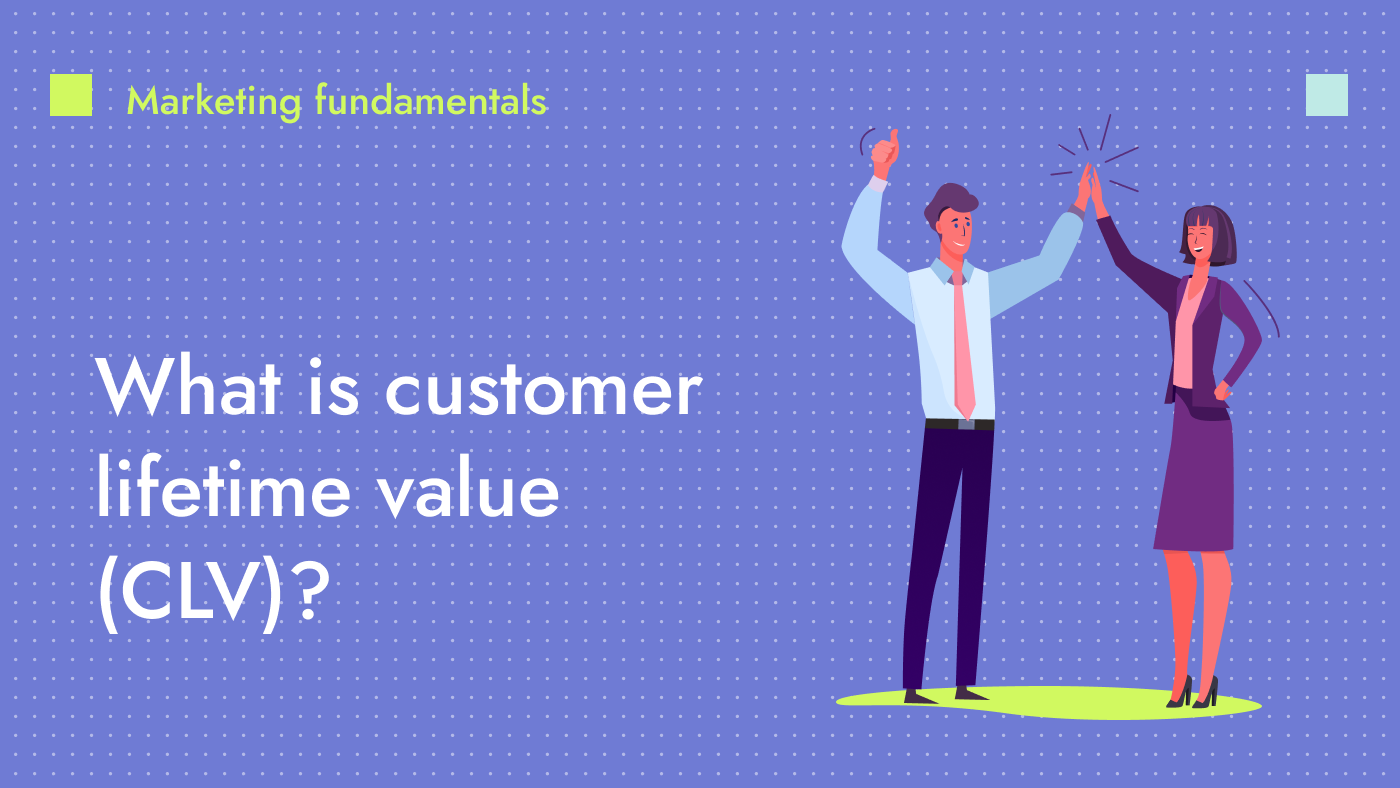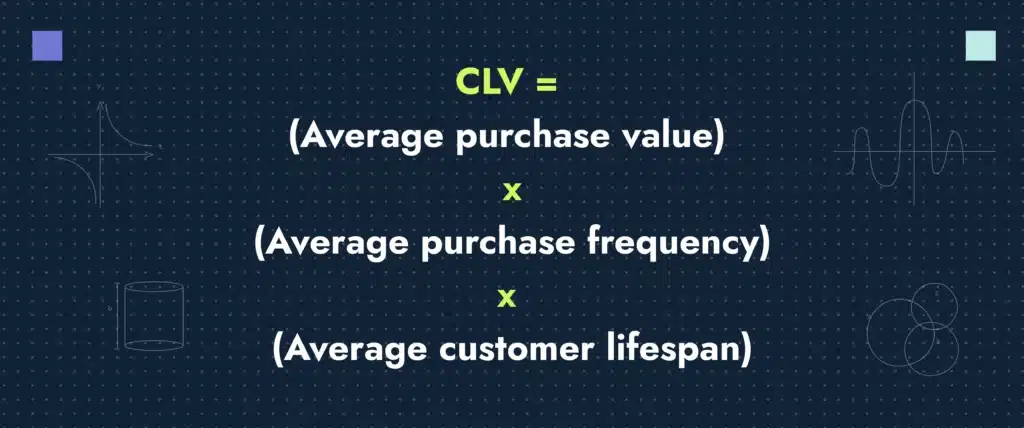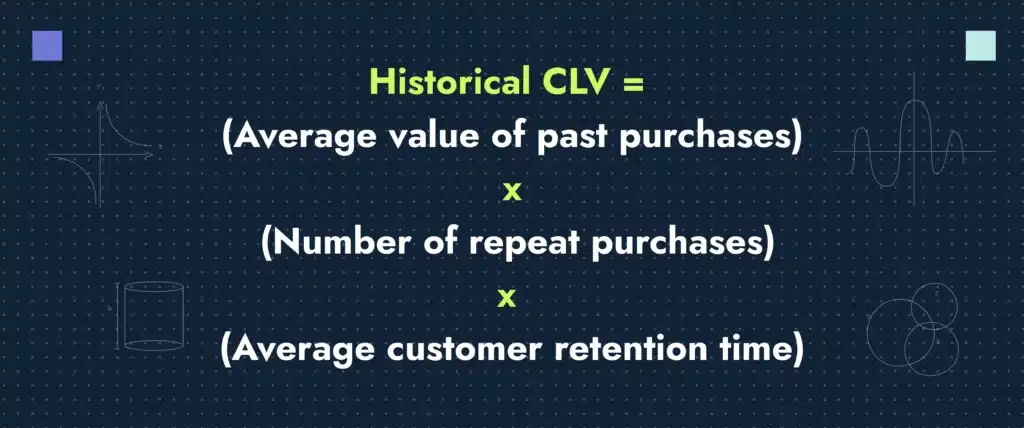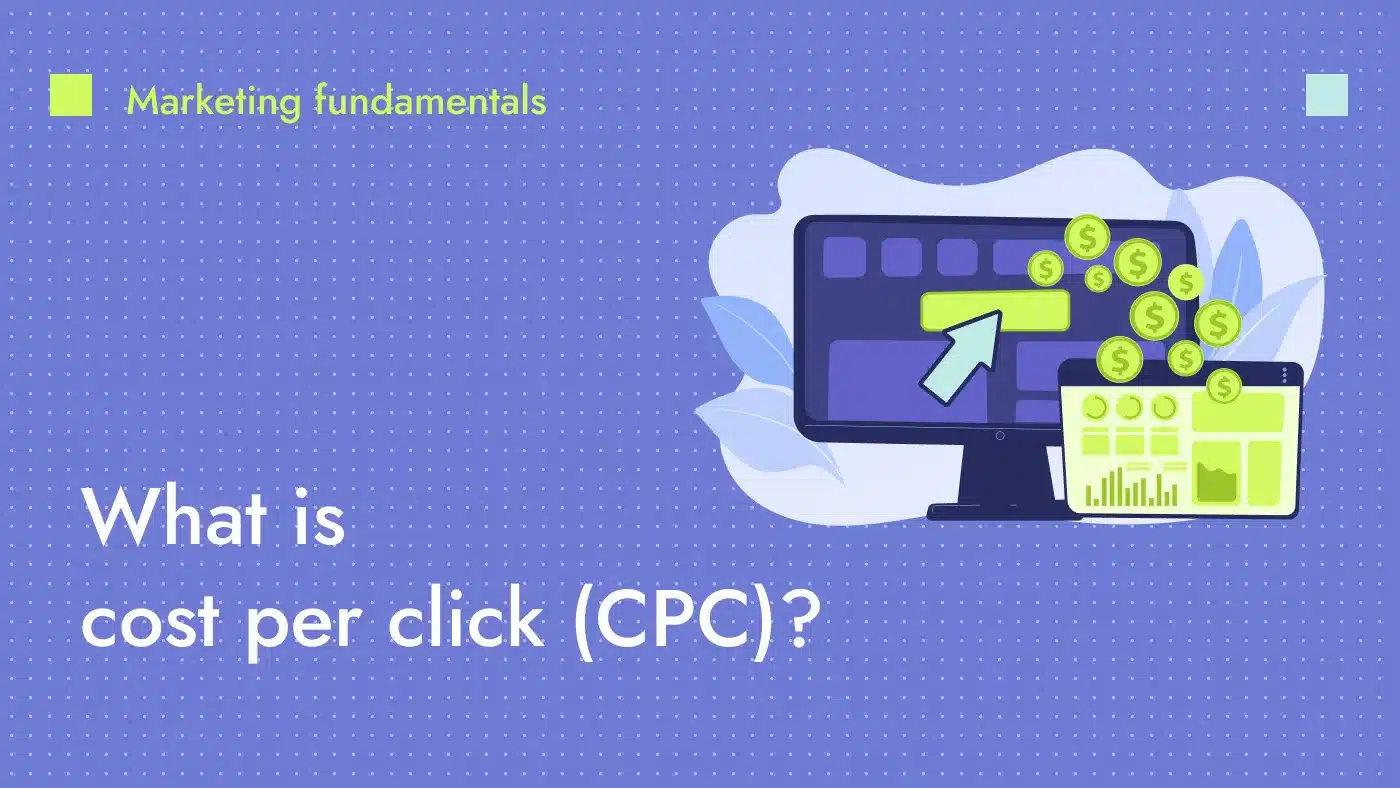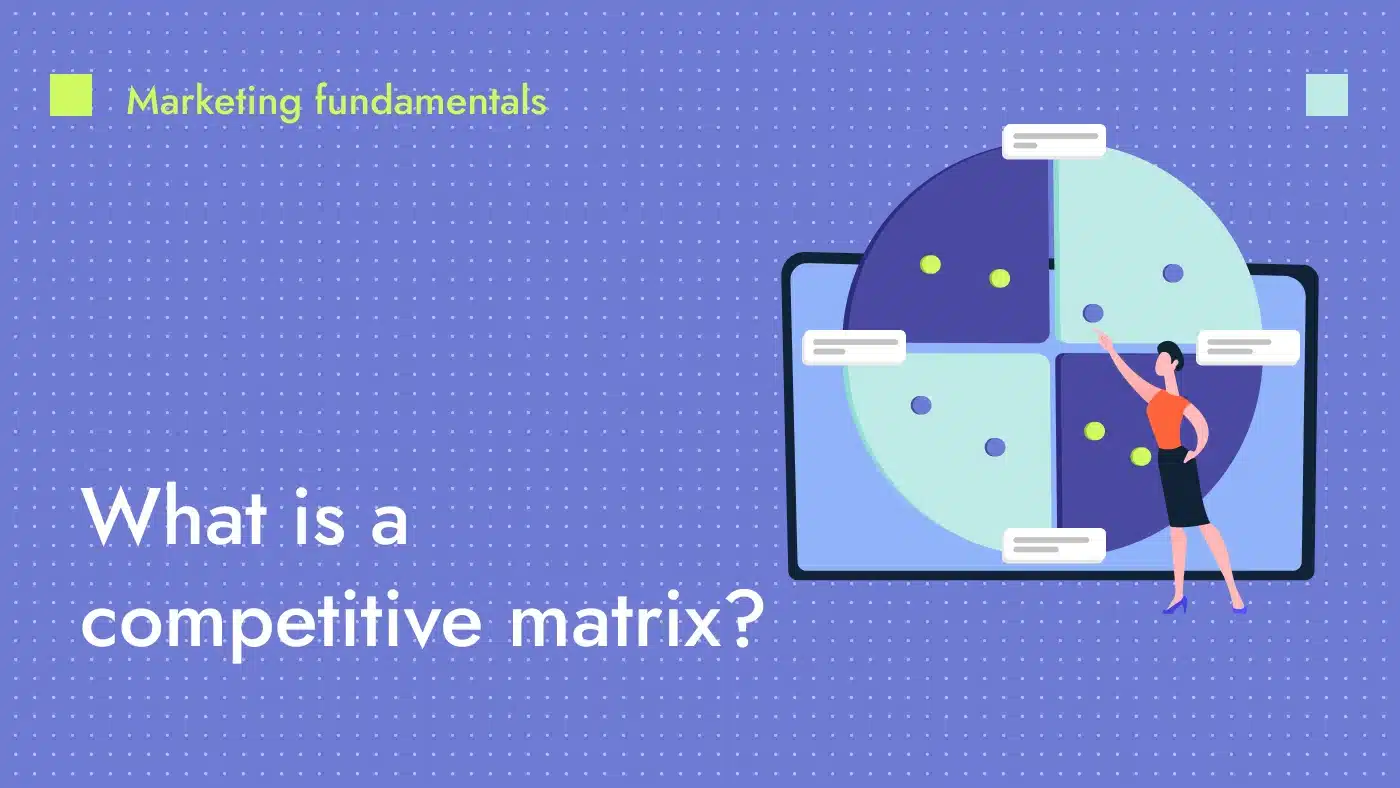Customer lifetime value (CLV) is a metric that estimates the total revenue a business can generate from a single customer account. CLV is based on the understanding that all customers are not equal. Some customers might make a single purchase and never return, while others become repeat customers, making significant purchases over time.
By determining the CLV, a business can focus its resources on maintaining relationships with high-value customers, potentially increasing profitability.
Types of CLV models
There are two main types of CLV models that businesses can use, each with its own strengths and methodology:
- Historical CLV: Calculated using the gross profit from all previous purchases of a customer. It’s a simple calculation method, relying solely on historical data, and can be segmented further into monetary, frequency and recency values. This type of CLV analysis is often used as a baseline to understand customers’ past behavior.
- Predictive CLV: A more complex model that predicts the gross profit attributed to the future relationship with a customer. The predictive model uses various data points and often incorporates complex predictive algorithms to forecast future behaviors. These data points may include purchase history, customer behavior, demographic information and economic trends. Predictive CLV provides a more dynamic view of a customer’s value, which is particularly useful for strategizing future marketing campaigns, budgeting and resource allocation.
How to calculate customer lifetime value
The lifetime value of a customer can be calculated in different ways, depending on your business needs:
1. Traditional CLV calculation
The simplest way to calculate CLV is by using average revenue, lifespan and profit margin values.
The formula is as follows:
2. Historical CLV calculation
Historical CLV uses actual customer transaction history data instead of averages. This information can provide a more accurate estimate of CLV, primarily when segmented by customer demographics or behavior.
To calculate historical CLV, you can use this simple formula:
3. Predictive CLV calculation
Predictive CLV is the most sophisticated method and uses predictive analytics to forecast a customer’s future behavior. This method often requires complex statistical modeling or machine learning algorithms. For instance, businesses can use the beta geometric/negative binomial distribution (BG/NBD) model or the Markov chain model. Each predictive model has its specific formula, and these models often need to be built and tailored to the business’s unique circumstances.
Why is CLV important to marketers?
According to Gartner, 25% of marketers rank CLV among their top five marketing metrics. Customer lifetime value is an important metric in marketing because of the following reasons:
- Better resource allocation: By understanding CLV, marketers can allocate resources more effectively. They can identify high-value customers and invest more in retaining them while tailoring strategies to improve the value of lower-yielding customers.
- Informed decision-making for customer acquisition: Knowing the CLV helps determine how much money can be reasonably spent on acquiring new customers. If the acquisition cost exceeds the CLV, the company will likely lose money on that customer in the long run.
- Optimized retention strategies: Retention often costs less than acquisition, and customers with higher CLVs typically have longer business relationships. Understanding CLV helps in designing retention strategies that prolong these profitable relationships.
- Predictive analytics and forecasting: Predictive CLV allows marketers to forecast future revenue and make informed decisions about business growth, product development and market expansion.
- Customer-centric approach: A focus on CLV encourages businesses to view customers not just as sources of single transaction sales but as long-term partners in the company’s growth. This mindset can lead to strategies that prioritize customer satisfaction and loyalty.
What is a good customer lifetime value?
Determining what constitutes a “good” customer lifetime value (CLV) can be challenging because it varies greatly depending on factors including industry, business model, product type, pricing structure and customer acquisition cost.
Typically, a good CLV is one where the value significantly surpasses the cost to acquire and serve the customer. For subscription-based businesses, such as SaaS companies, a higher CLV is often seen due to the recurring revenue nature of their model. In contrast, businesses with one-off sales may have a lower CLV.
Here are a few indicators that you have a good CLV:
- Rising retention rates: If your customers stick around for longer, you’re providing value to them, leading to a higher CLV.
- Increased transaction frequency: Customers who purchase from you frequently also contribute to a higher CLV.
- High average order value: Customers who purchase high-value items or add more items to their cart per transaction increase their CLV.
- Positive customer feedback: Happy customers are likelier to become repeat customers, leading to higher CLV.
💡 Understanding your customers can reduce customer acquisition costs and help improve CLV. Check out our B2B buyer journey guide to learn more.
How to improve CLV
Increasing CLV is a key strategic objective for many businesses, so they can improve their bottom line without needing to acquire new customers constantly. You can use these top five strategies to improve your CLV:
1. Enhance customer experience
Exceptional customer service and a positive customer experience (CX) can encourage buyers to continue doing business with you, increasing their lifetime value. Customer experience can be improved by providing reliable support, personalized service, user-friendly interfaces and promptly resolving complaints or issues.
2. Implement a loyalty program
Loyalty programs can incentivize repeat purchases, increasing purchase frequency and, thus, CLV. These programs offer discounts, rewards, exclusive deals or other perks to returning customers, making them feel valued and encouraged to continue their relationship with your brand.
3. Personalize marketing efforts
Using customer data to create personalized marketing can lead to increased engagement and higher sales. Personalized marketing can encompass tailored email campaigns, product recommendations or content that aligns with a customer’s preferences or past behavior.
4. Introduce cross-selling and upselling techniques
Encouraging customers to buy complementary products (cross-selling) or premium items or services (upselling) can increase the average purchase value and the CLV. According to a HubSpot survey, upselling and cross-selling to existing customers was the top goal for 25% of sales professionals in 2022. Strategies include targeted marketing, package deals or personalized recommendations.
5. Offer value-added services
Providing services that offer value beyond the main product or service can differentiate a business from competitors and increase customer loyalty. These offerings could include superior customer service, free shipping, extended warranties or educational content related to the product or service.
How can Productive Shop help improve your customer lifetime value?
Productive Shop empowers B2B businesses to amplify their customer lifetime value through holistic growth marketing strategies.
Our data-driven approach allows tech startups to collect and analyze customer data, providing actionable insights to inform marketing decisions. Through search engine optimization (SEO) and PPC, our team attracts high-quality leads that pave the way for higher CLV.
With this foundation in place, we leverage our skills in crafting engaging, optimized content to strengthen these relationships and convert leads into loyal customers. In addition, our expertise in web design and development can also help you elevate customer experience and encourage repeat business.
Ready to transform your customer relationships? Contact us today.


